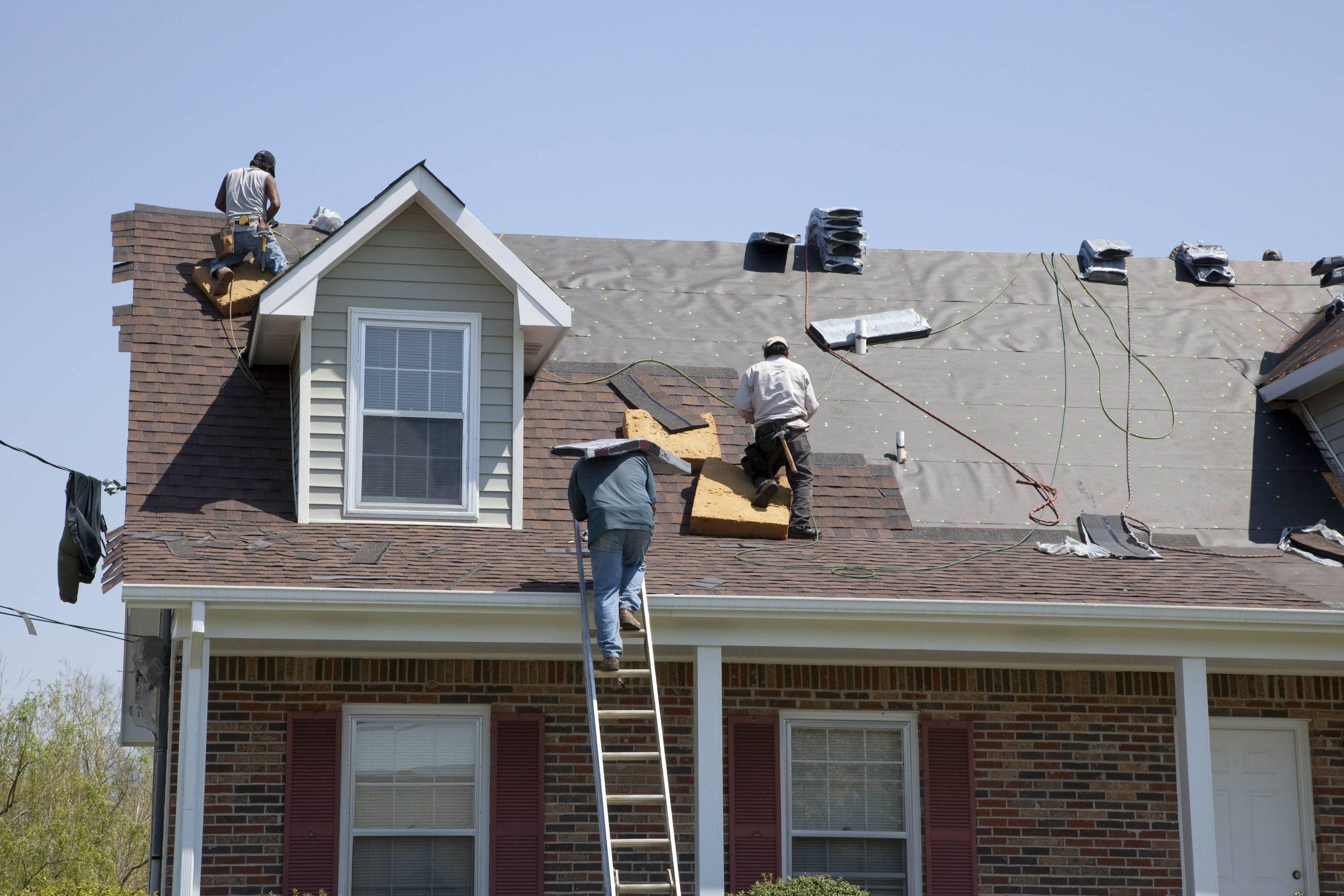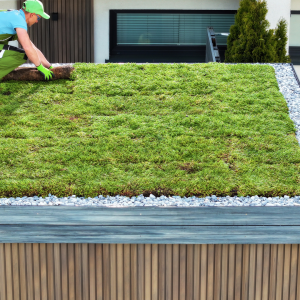Table of Contents
When it comes to home maintenance, roofs are most often neglected and go unnoticed until a major problem arises. This can lead to compounding issues over time that leads to more deterioration.
Once damage sets in, repairs may not be a sustainable solution, and a new installation may be needed. As costly as it seems at first, think of it as an important investment in shielding your home and keeping the elements outside where they belong.
How to know it is the best time for a roof installation
There are the most common signs to look out for:
Interior discoloration and stains
A major sign that you need new roof installation is dark patches and stains inside the walls and ceilings of your home. This discoloration can appear brown, black, or yellow, depending on the color of the ceiling walls. They indicate a trapped condensation problem. They may also be a sign that your roof can no longer keep water out.
Everything from melting ice and snow on the roof during winter to water pipe leaks in the ceiling composition can cause stains. Roof repairs could work as a temporary fix but won’t give you the longevity to keep your roof secure in the long term.
Shingle granule debris
The shingle tiles that form the pattern and structure of your roof may eventually give way to environmental damage. As such, they will start weathering into granules.
The most noticeable evidence that shingles are past their warranty date is crumbly bits of dark stone found around the exterior of the house. Check your gutters and yard space close to the walls and foundation of the home for debris or shingles.
The best way to prevent roof shingles from reaching the granulation stage and avoid a major cleanup is to consistently monitor your roof tiles, especially after a storm. If you live on the east coast and notice shingles that aren’t lying flat and even, then it could be time for new roof installation Northern Virginia contractors if you’re living in the area.
Post-storm leaks
If you’re familiar with the phrase, ‘a roof over your head’ as a reference to a basic human need, then you’ll know that roofs are meant to protect your possessions and inhabitants from the outside environment. So, if your roof has a habit of leaking after rains and storms, it’s a telltale sign that your roof has lost some of its stability and could compromise the integrity of your house to withstand the weather later on.
Nobody wants to run around their house with a bucket during a storm to catch the incoming water. In this case, it’s better to consult with expert roofers who can provide a tapered or sloped roof installation for better runoff and future leak prevention.
Wall growths
One of the more serious signs that you need a new roof installation is noticeable growths on the walls inside your home. Growths can come in the form of mold, moss, and algae and are found in rooms that receive little to no sunlight or ventilation and plenty of moisture.
Mold growths pose a serious health risk to you and your family, so they need to be taken care of as soon as possible. Check your bathrooms and laundry rooms for signs of growth.
Most experts would advise getting a replacement installation once growths have sprouted. Moss and algae are notoriously difficult to remove without damaging the roof and ceiling altogether.
Visible aging
How long have you had your current roofing? Is your roof still keeping you safe from the elements, or do you have to worry about your safety before every weather event? Are any roof shingles broken, bucking, missing, or just looking old?
These are the vital questions you need to ask yourself and consider an eventual new roof installation. Like everything material in the world, roofs are susceptible to time and aging and thus won’t last forever even after continuous repairs.
Roofs that have survived well over a decade in harsh, cold, and wet climates on the east coast may need a new installation from a contractor as part of a home’s regular upkeep and maintenance.
Conclusion
Every home will need a new roof installation at one time or another. The materials that comprise roofing are susceptible to time, weathering, moisture, and changes.
Consider the above signs also as evidence of your how your roof has protected you from storms and the outside environment over the years. If you think about it that way, your roof is a home asset that deserves to be appreciated and replaced when necessary.





